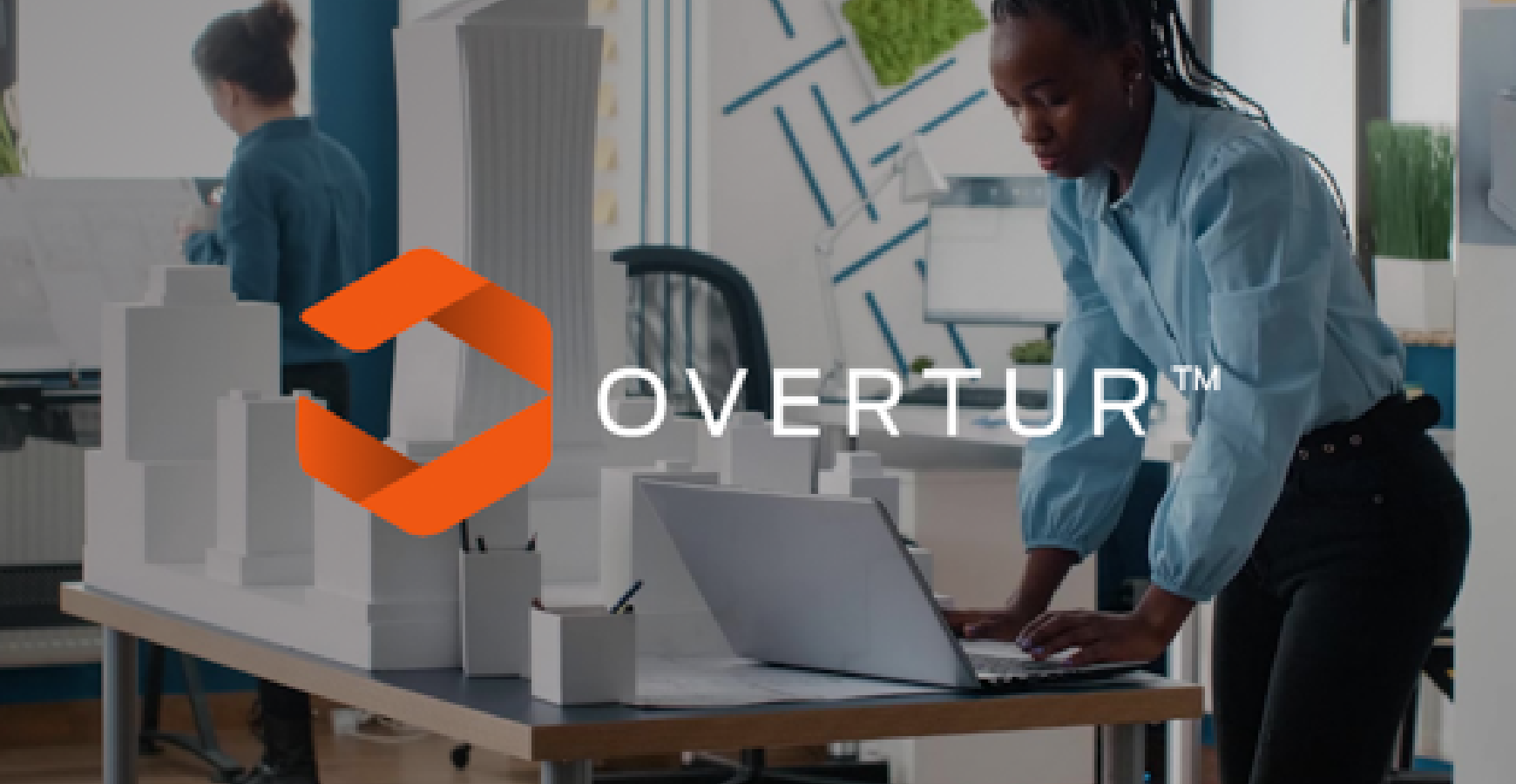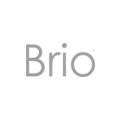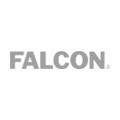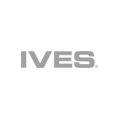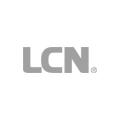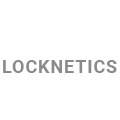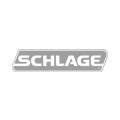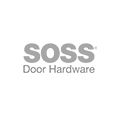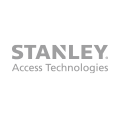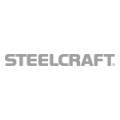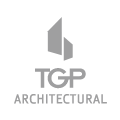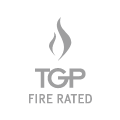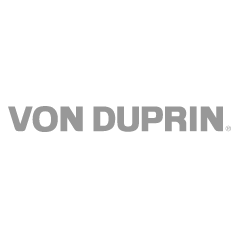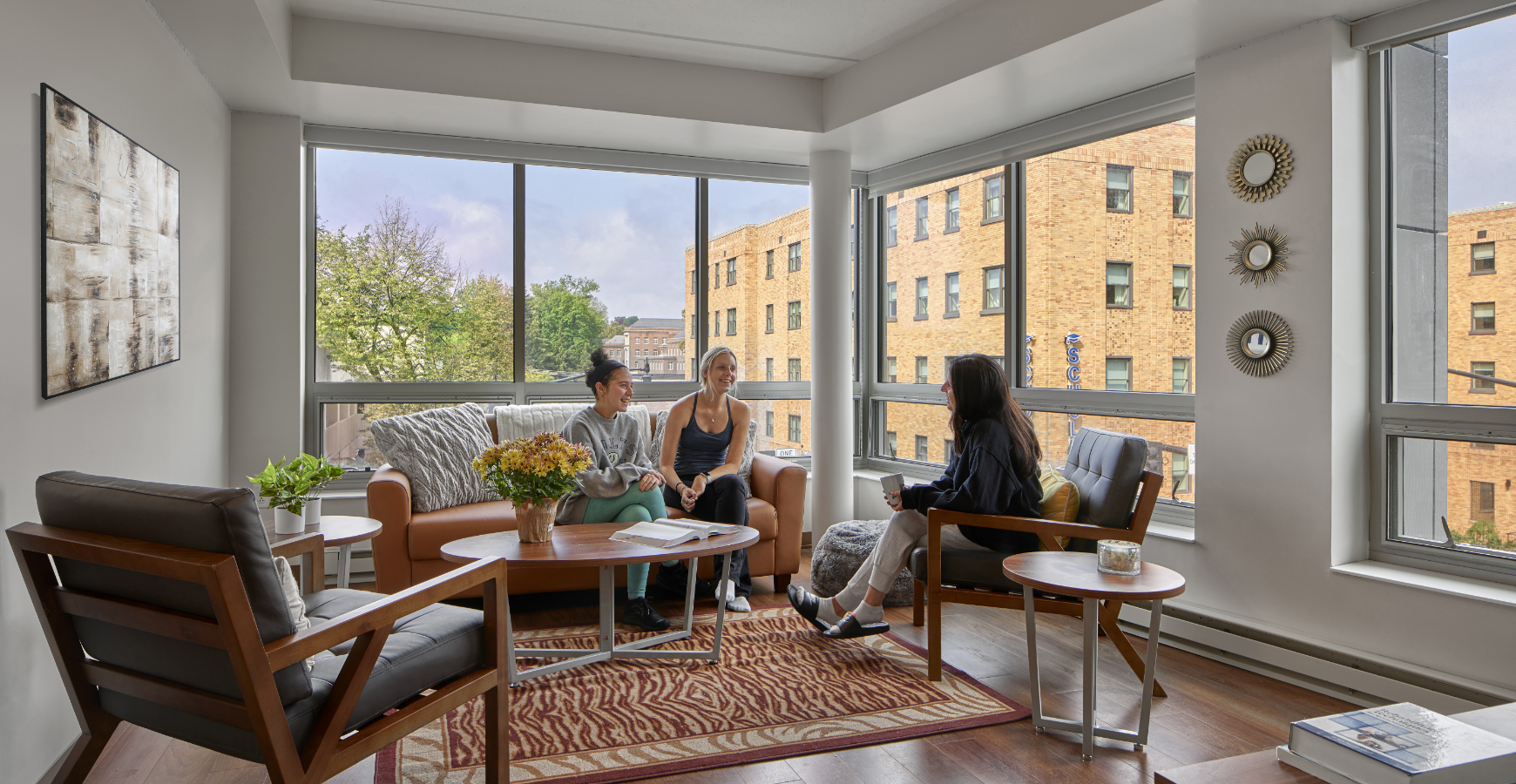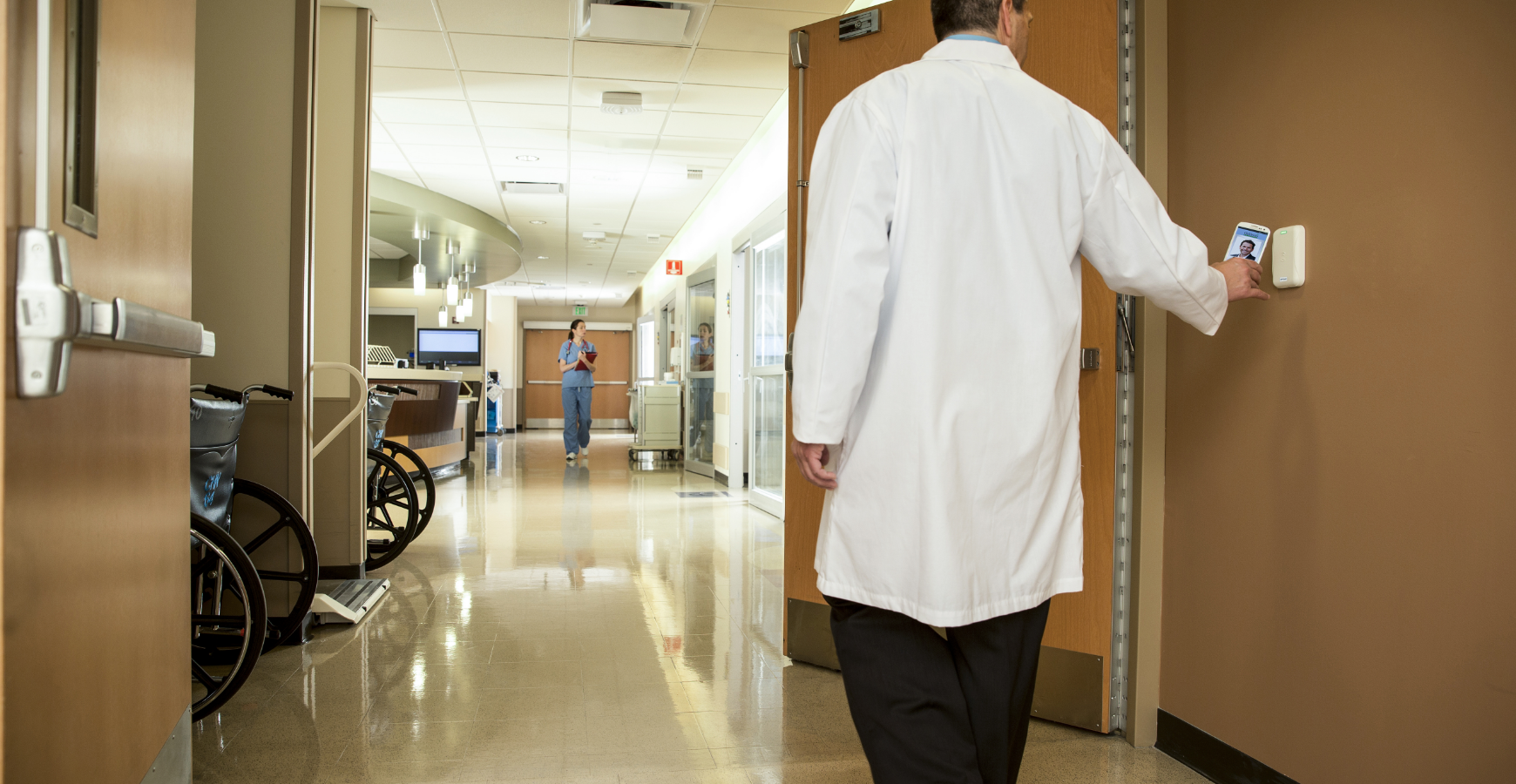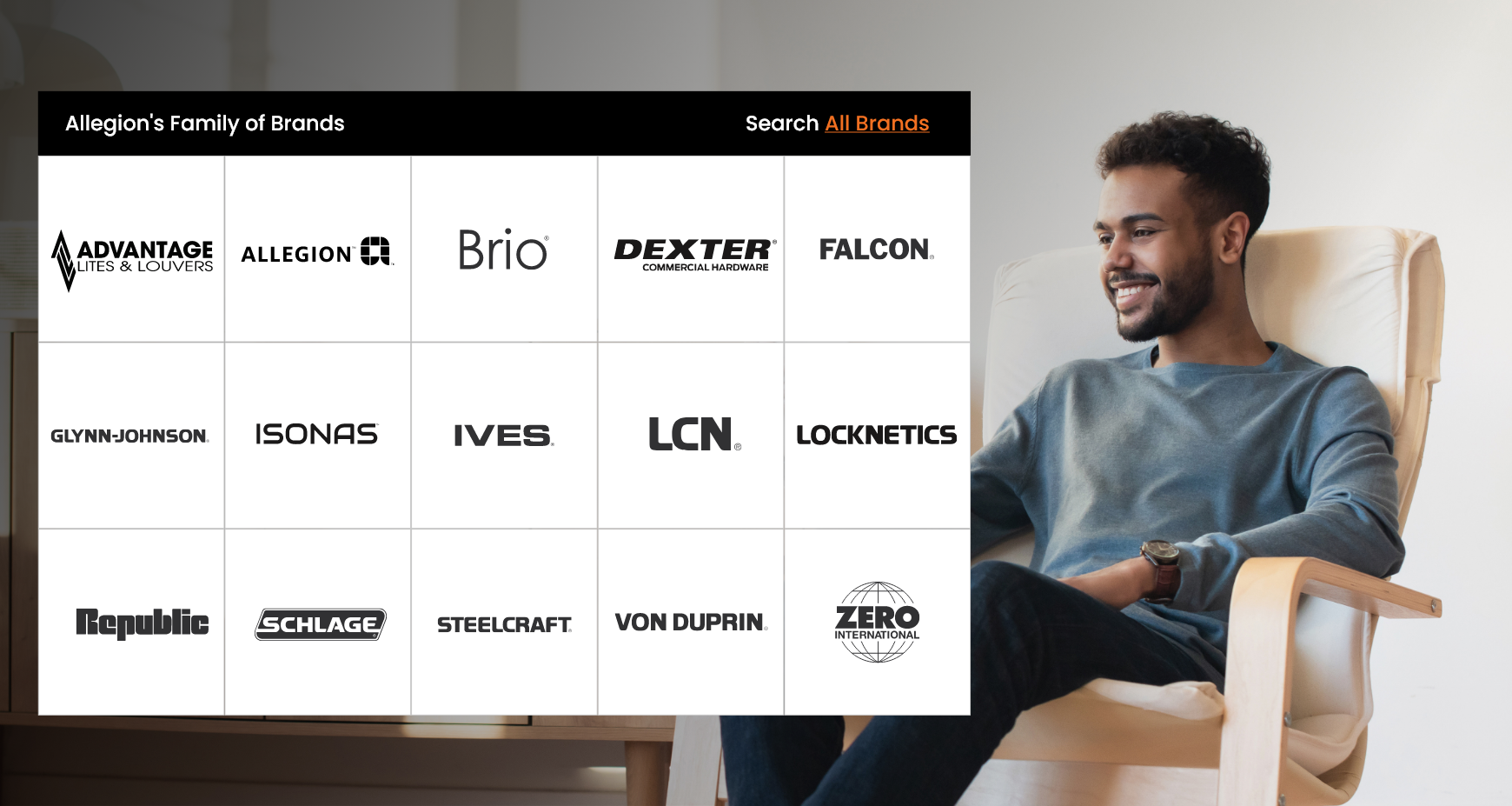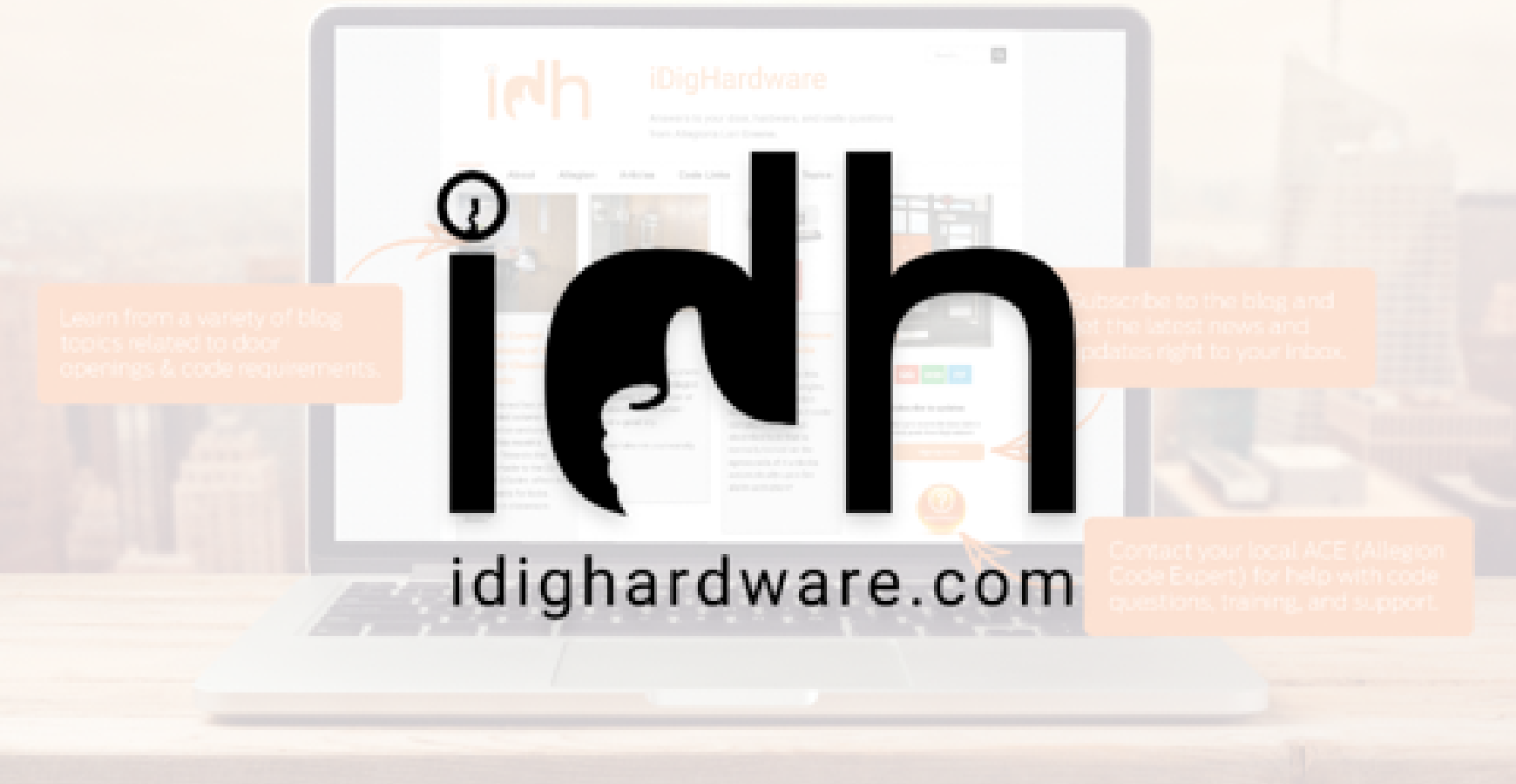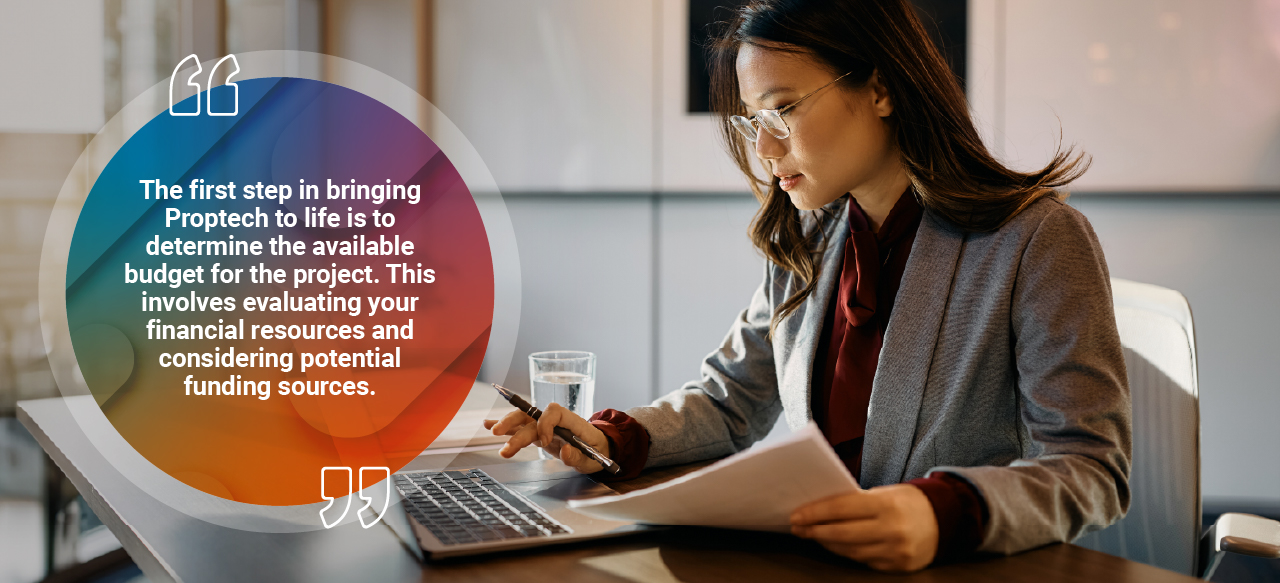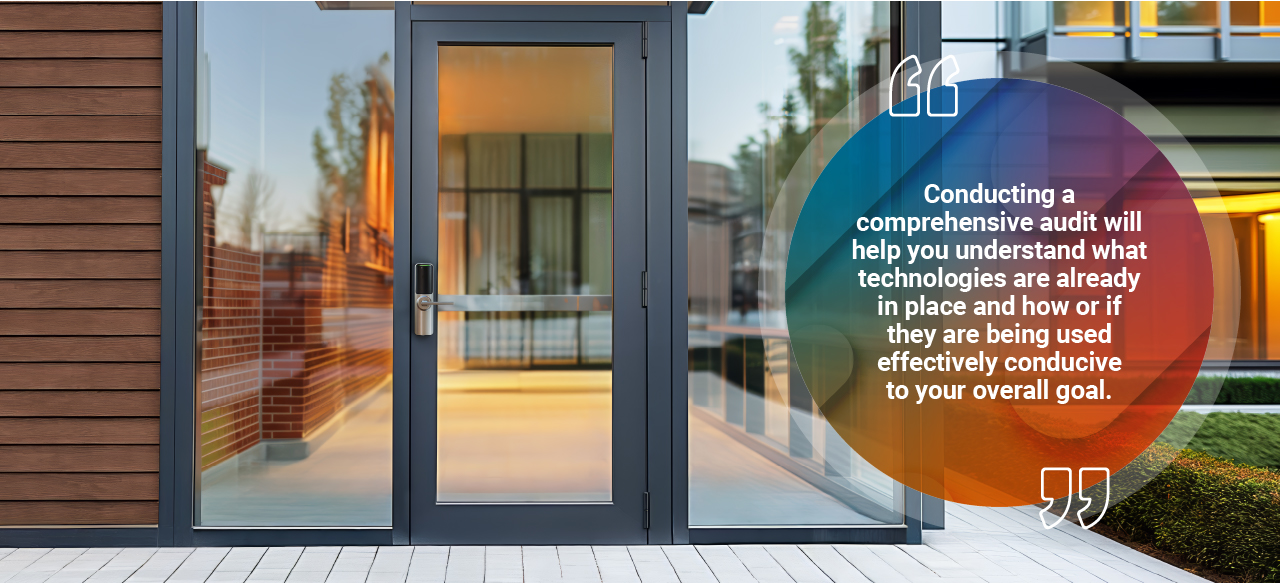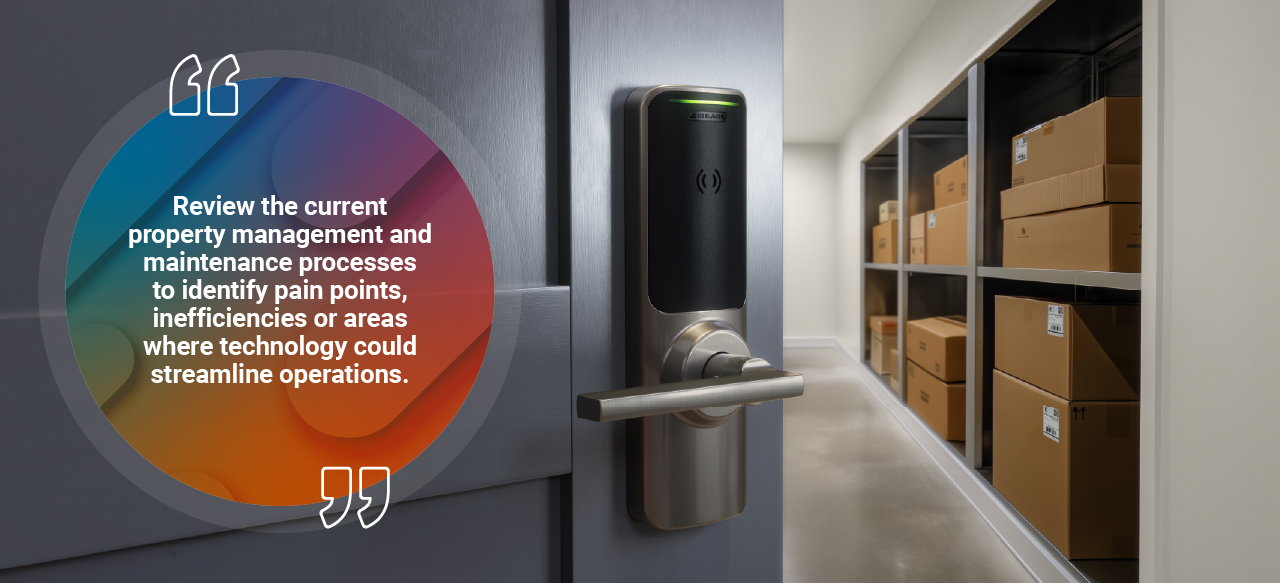3. Know Where You Are Today
Assess Current Infrastructure
Understanding the current infrastructure of your building is crucial for successful Proptech implementation. Evaluate the existing wiring, internet connectivity and network capabilities. Identify any limitations or requirements for upgrading the infrastructure to support new technologies.
Understand Resident Needs and Preferences
Residents are a prominent beneficiary of Proptech solutions, so it’s important to understand their needs and preferences. Conduct surveys or focus groups to gather feedback from residents about their current experiences and desired improvements. Identify the most requested or valued Proptech features, such as smart locks, energy management systems or security enhancements.
Analyze Operational Processes
Review the current property management and maintenance processes to identify pain points, inefficiencies or areas where technology could streamline operations. This analysis will help you pinpoint specific areas where Proptech can have the most significant impact.
4. Have an Idea of Short and Long-Term Visions
Define Short-Term Goals
Start by identifying quick wins or immediate improvements that can be achieved with Proptech. Set specific, measurable, achievable, relevant and time-bound (SMART) goals for short-term implementation. Examples of short-term goals might include installing smart locks in common areas, implementing a digital maintenance request system or upgrading security cameras.
Develop a Long-Term Vision
In addition to short-term goals, it’s important to develop a long-term vision for Proptech in your multifamily building. Consider future trends, emerging technologies and potential expansions. Examples of long-term goals might include creating a fully integrated smart building ecosystem, implementing AI-supported property management or adopting blockchain for secure transactions.
Create a Roadmap
Develop a detailed roadmap that outlines the steps to achieve both short-term and long-term goals. This roadmap should include timelines, resource allocation and key performance indicators (KPIs) to measure progress. Ensure that the roadmap aligns with the overall strategic vision of the property management company or ownership group.
Implementation Strategies
Engage Stakeholders
Effective implementation of Proptech requires the involvement and buy-in of various stakeholders, including property managers, maintenance staff and residents. Engaging these stakeholders early in the process can help ensure a smoother transition and greater acceptance of new technologies.
Property Managers
Property managers play a crucial role in the implementation process. They need to be well-informed about the benefits and functionalities of the new technologies. Providing training sessions and resources can help property managers become proficient in using Proptech solutions, ultimately leading to more efficient management.
Maintenance Staff
Maintenance staff are often the first responders to physical and technical issues and malfunctions. Ensuring that they are trained and knowledgeable about the new Proptech systems can help minimize downtime and ensure that any issues are resolved quickly and efficiently.
Residents
Residents are the end users of many Proptech solutions. Keeping them informed and engaged throughout the implementation process is essential. Providing clear communication, tutorials and support can help residents feel more comfortable and confident in using new technologies.
Pilot Programs
Before fully rolling out Proptech solutions across the entire building, consider implementing pilot programs. Pilot programs allow you to test new technologies on a smaller scale, identify any issues and gather feedback from users. This approach can help mitigate risks and ensure a smoother full-scale implementation.
Select Test Areas
Choose specific areas or units within the building to serve as test sites for the pilot program. These areas should represent the broader building to ensure the results are applicable to the entire property.
Gather Feedback
Collect feedback from residents, property managers and maintenance staff during the pilot program. Use this feedback to identify any issues, make necessary adjustments and improve the overall implementation process.
Evaluate Results
Analyze the pilot program's results to determine the effectiveness and feasibility of the new technologies. Use these insights to inform the full-scale implementation and ensure that any potential challenges are addressed.
Conclusion
Bringing Proptech to life in a multifamily building requires careful planning, budgeting and a clear understanding of current conditions. By following these steps, property owners and managers can effectively navigate the process of implementing Proptech solutions, ultimately creating a more modern, efficient and attractive living environment for their residents.
Embracing Proptech is not just about adopting new technologies; it’s about enhancing the resident experience, improving operational efficiency and staying competitive in the real estate market. By taking a strategic approach and consulting with Allegion’s Proptech experts, property owners and managers can ensure a successful implementation and unlock the full potential of Proptech in their multifamily buildings.
 Featured ProductSchlage Credential Services deliver control, security and flexibility without limiting your options. From encryption keys to card tracking and custom artwork, our services help create an access control plan that fits today and grows with you tomorrow.
Featured ProductSchlage Credential Services deliver control, security and flexibility without limiting your options. From encryption keys to card tracking and custom artwork, our services help create an access control plan that fits today and grows with you tomorrow.